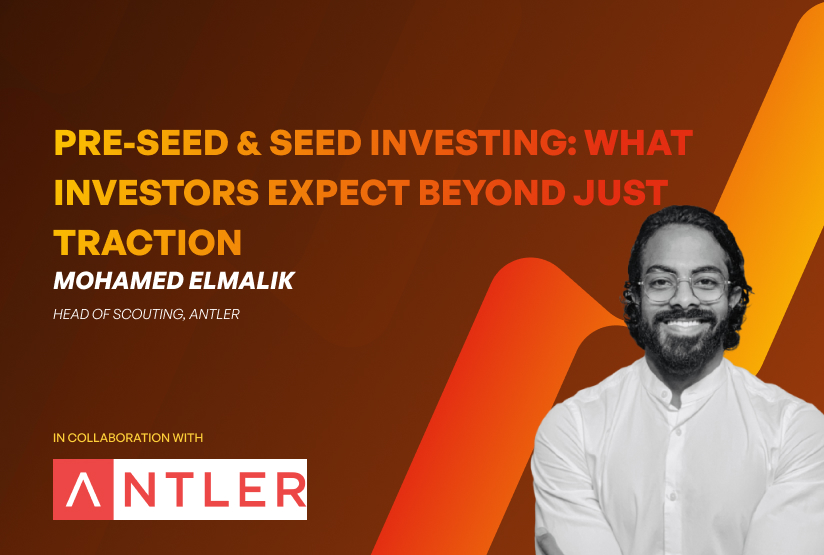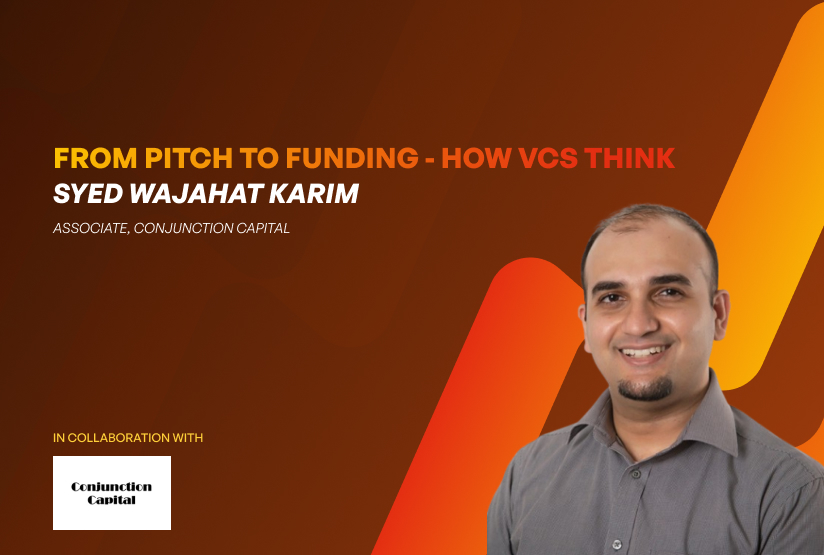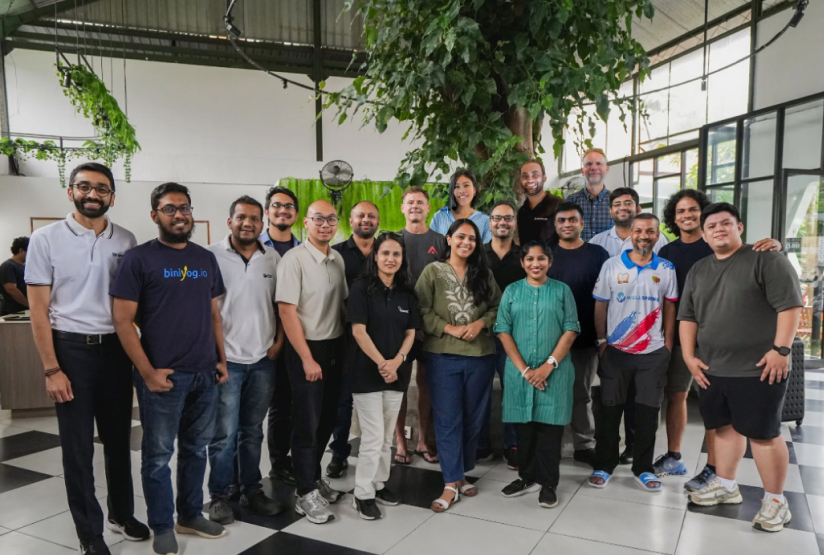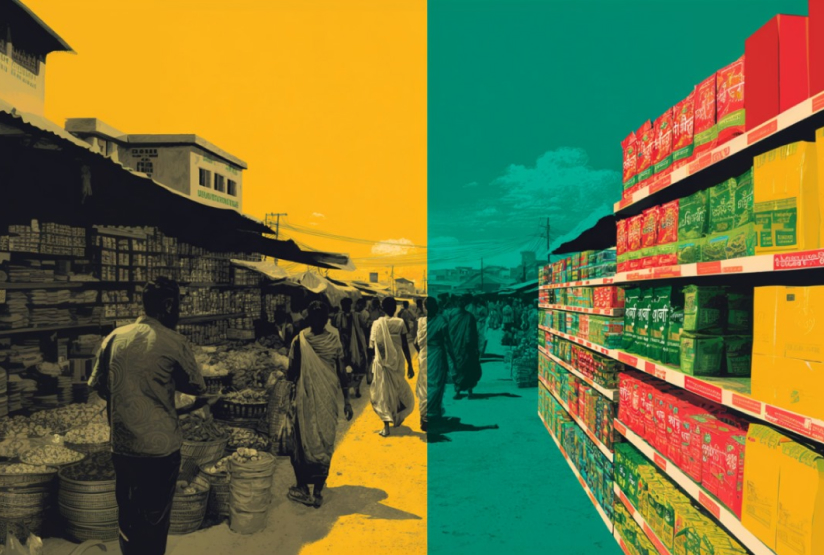

Solar Energy Landscape of Bangladesh

Newsletter
Bangladesh, one of the most rapidly expanding economies in Asia, is set to graduate from its Least Developed Country (LDC) status by 2026. However, with Bangladesh ranking 7th in the global Climate Risk Index, one of the largest threats challenging the country’s development trajectory is climate change. One key pathway towards mitigating the adverse effects of climate change is for the country to transition to cleaner energy sources.
Currently, 85% of the country’s fuel sources are derived from fossil fuels such as natural gas and oil. Additionally, the Organization of the Petroleum Exporting Countries (OPEC)+ oil production cutbacks, European Union’s embargo on Russian crude oil, and Russia’s energy war have all contributed to an unprecedented spike in oil and gas prices, which has led to unaffordable energy import costs and soaring inflation.
In order to secure long-term economic growth, Bangladesh needs to keep up with the rising energy demands in a sustainable manner.
Current Outlook of Bangladesh’s Power Sector
In 2022, the country's total power generation capacity (on-grid and captive sources) was 25.5 GW, and it has grown significantly over the past 5 years. Comparing the on-grid generation vs. capacity, during FY 2021-22, the maximum energy generated was 14.78 GW, while the capacity was 22.07 GW.

Natural gas has remained the primary source of energy over the last decade. However, a reduction in the number of explorations and growing domestic demand has depleted the country's natural gas reserves. This has increased dependence on imported Liquified Natural Gas (LNG) and Heavy Fuel Oil (HFO). This, in turn, has led to growing pressures for the country's population, as the recent Russia-Ukraine war has increased the price of LNG by nearly 165%.

In light of the current energy prices in combination with the expected depletion of natural gas resources over the next 10 years, the Government of Bangladesh (GoB) plans to reduce dependence on domestic natural gas. This public sector objective can be achieved through a series of strategic measures, including extensively expanding the deployment of renewable resources, with a particular emphasis on solar power.
Opportunities Paving the Way for Solar Power in Bangladesh
Factors spearheading the growth of renewable energy in the country include:
- Public Commitment to Renewable Energy: The Government of Bangladesh has pledged to the Climate Vulnerable Forum to generate 40% of electricity from renewable sources by 2041. Currently, 3.7% of the total energy mix is attributed to renewable sources, of which approximately 75% is accounted for by solar power.
- Potential for Solar Rooftops: Currently, three types of solar projects are being implemented: captive solar rooftops, solar Independent Power Producers (IPPs), and solar home systems. Among these, captive solar rooftops hold the most promise, driven by industrial players seeking to reduce their reliance on volatile diesel and gas prices. However, the growth of solar IPPs is hindered by the scarcity of suitable land, while solar home systems have experienced substantial growth due to IDCOL's SHS program in the past five years.
- Funneling in of Foreign Direct Investments: Considerable interest has been shown by both Chinese and US investors in the solar sector of Bangladesh. In 2020, the Chinese state-owned company, National Machinery Import and Export Corporation, announced USD 500 Mn to build the necessary infrastructure to provide 450 MW of solar-powered electricity. According to the International Finance Corporation (IFC), Bangladesh can attract an estimated USD 17 Bn in foreign investments in renewable energy projects.
Bottlenecks Impeding the Sector’s Growth
While enabling factors exist, there exist significant barriers to the sector’s growth, including:
- Slow Traction of Government Initiatives: Bangladesh’s goal of achieving 40% power generation from renewable energy seems optimistic, given that currently only 3.7% is produced from renewable sources. Additionally, the renewable energy policy, released in 2008, is considered to be dated and does not outline specific mechanisms. In order to increase sector–wide solar uptake, a stronger policy environment is needed.
- Lack of Private Sector Incentives: There exists a considerable gap in the dissemination of information about project viability, risk, and return for private investors regarding renewables. The combination of long payback periods of 7-9 years and the country’s shaky policy environment together deters private sector investment. Because of this, there is a lack of incentive that slows down growth. Moreover, the output of a solar power plant is considerably less than a fossil fuel-based plant in terms of land-power ratio. This results in a lack of interest from financial institutes to lend for the project execution.
The Way Forward: Solarizing Bangladesh
- Integrating Solar into the Agriculture Sector: Solar energy has the potential to be integrated into multiple functions in the agricultural value chain, a few examples of this could include incorporating solar power into:
a. Cold storage of perishable products such as agri-food and pharmaceuticals
b. Water desalination plants
c. Greenhouses for protective cultivation
d. ish farms and floating solar parks targeted towards sustainable growth of water species
- Facilitating Small-Scale Implementation: Removing the financial burden on implementers will help increase the uptake of solar energy. Creating awareness among smaller and medium-sized players regarding the potential business case and benefits of solar installation can be explored. This will reduce the dependency on low-quality PV panels, inverters, and transformers with high-quality equipment, leading to increased yields
- Capacity Building for Financial Institutions: Lastly, the technical knowledge of financial institutions can be improved to allow more companies to have access to finance. The current refinancing scheme of the Bangladesh Bank should increase the minimum loan amount of USD 100K for a net-metered rooftop system. However, financial institutions need to develop the capacity to assess which projects have the highest feasibility.





















.jpg)
.jpg)





.jpeg)



.jpg)


















.jpg)


.jpg)
.jpg)

.jpg)
.jpg)


















.jpeg)












..jpg)
..jpg)



.jpg)






